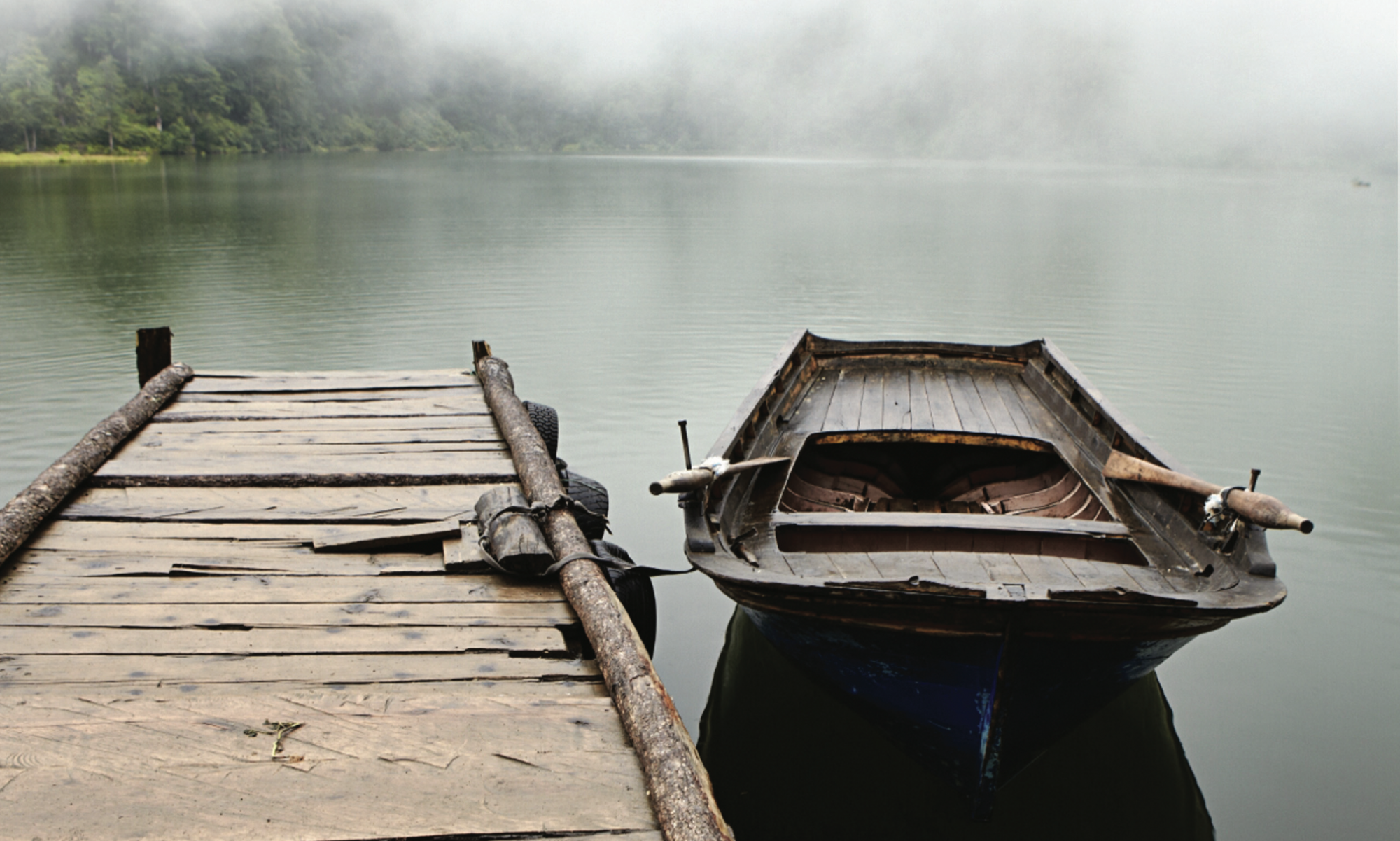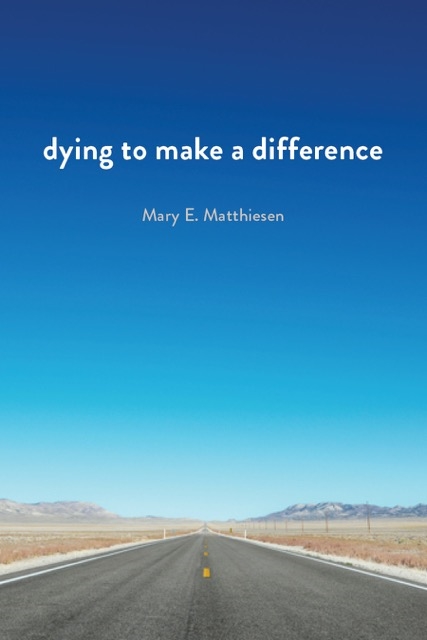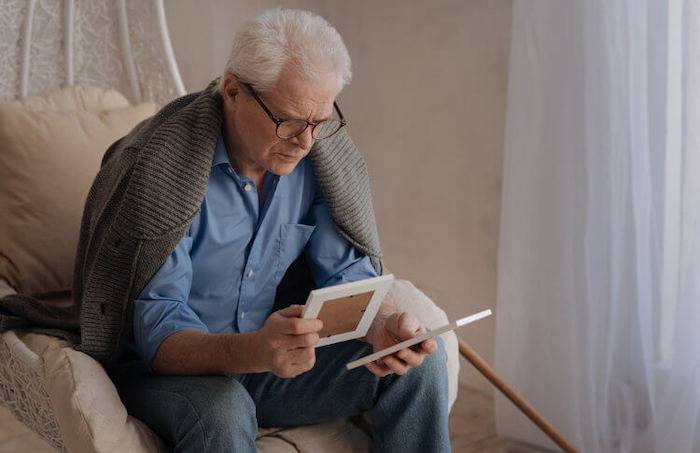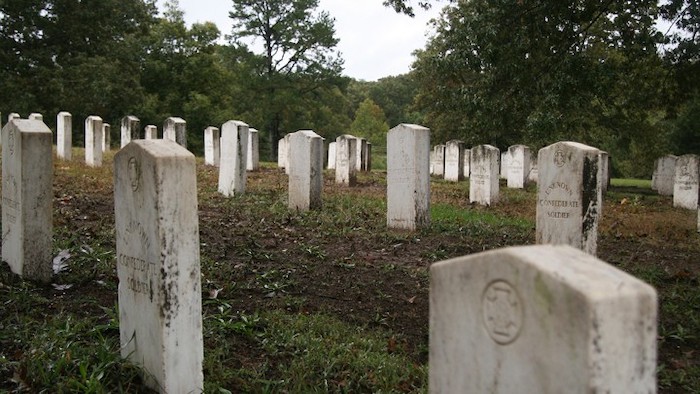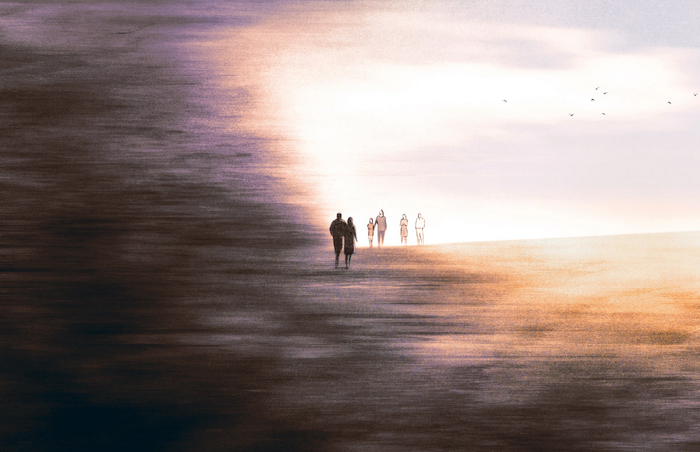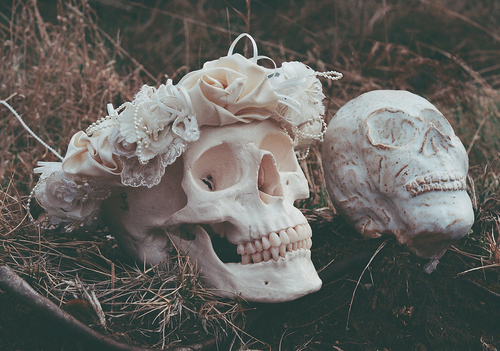By Mary Matthiesen
When people learn that I work with a hospice agency, many think I spend every day focused on death. In fact, we spend much more time focusing on quality of life and supporting what matters most to those we serve. This is one of the many lessons I learned from my mother as she was dying 15 years ago — a lesson that continues to inspire my life and my work.
My mother accepted her death with grace, and told those she loved that she loved them. She lived her final days at home, aligned with what mattered most to her.
Like my mother, most Americans expect their families to carry out their wishes for end-of-life care. However, 75% admit that they have never clearly articulated those wishes, and their children are often afraid to ask. As a result, while 80% of people say they would like to spend their final days at home with support, in reality, the vast majority die in institutions.
As hard as my mother’s death was for me as her daughter, I take great solace that we were empowered to support her wishes because she took charge of her own health care decisions.
Her actions also inspired me to consider and share what really matters to me for the end of my life — and all the days between now and an unknown then. Doing so made me feel lifted, lighter, and full of new energy for life. That experience in turn motivated me to help others make the most of their lives, and to prepare for their own future care.
In 2016, I joined Mission Hospice, with the goal of raising awareness of end-of-life issues within the areas of San Mateo and Santa counties. Mission Hospice was founded in 1979 by a group of nurses, neighbors, and friends who were dedicated to improving end-of-life care for their community — helping patients live their final months to the fullest by providing compassionate support to them and their families.
I believe deeply in the kind of care we can offer as a nonprofit hospice — which has become the rarity rather than the norm, both in California and nationally. Our commitment to patients over profit means we can offer alternative and complementary therapies that ease pain and increase quality of life. We can offer grief support for those in our community who need it. And, although hospice is a Medicare-covered benefit, we can serve patients regardless of their insurance or ability to pay. All of this thanks to the support of our incredible community of donors.
As a nonprofit, we also offer community education — opportunities to learn and talk about something we will all face. Every week, Mission Hospice hosts workshops, grief support groups, author readings, movies, and other opportunities to discuss life and death.
Together with local senior and health care nonprofits right here in Menlo Park, Mission Hospice led a coalition dedicated to creating a more compassionate community for people facing serious illness, death, and bereavement. Over the last few years, this group has offered dozens of free “Take Charge” advance care planning workshops throughout the Peninsula, helping people consider and express what’s most important to them, and then doing all that’s possible to ensure that loved ones and medical professionals can support their wishes.
In teaching others that we can each have the power and courage to choose the kind of care we hope for, I am following the lead of my mother — who was quite frankly the last person I expected to learn this from. Facing the reality of our mortality isn’t easy stuff, and it’s much bigger than a form or a single conversation. Yet it can give both the living — and the dying — great freedom in the end.
We’re all in this life and death thing together. By talking about what we want, learning the facts, and supporting each other along the way, we can truly be part of a community that cares — about living and about dying well. In the end, what matters more than that?
Mary Matthiesen, a Menlo Park resident, is chief strategy and integration officer for Mission Hospice in San Mateo. She is the author of “Dying to Make a Difference: One woman’s liberating journey to heed life’s call after her mother’s death and the legacy that’s possible when we do.”
Complete Article ↪HERE↩!
